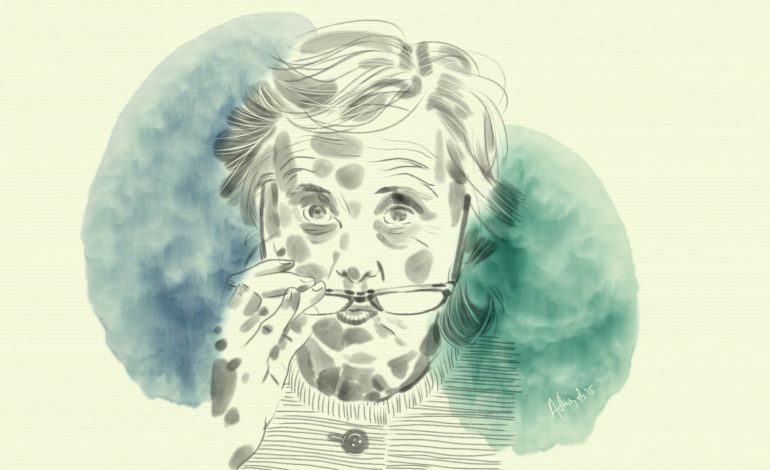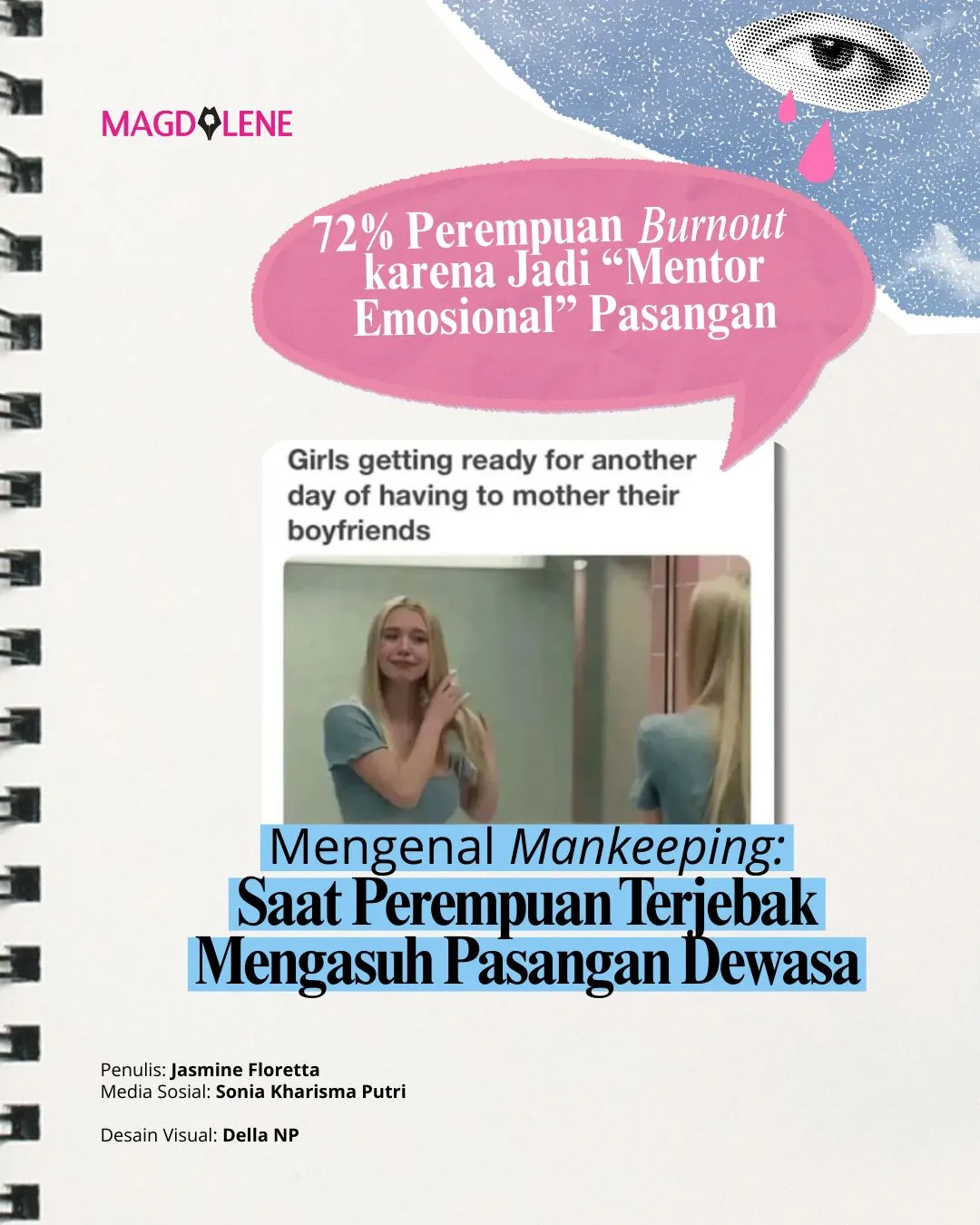Breaking the Silence on Violence

When it comes to confronting the issue of violence against children in Indonesia, silence, unfortunately, is still perceived as golden by many.
This, however, is not a unique Indonesian problem. I learned during my recent encounter with the Special Representatives of the United Nations Secretary-General (SRSG) on Violence against Children, Marta Santos Pais, that in many countries social norms are hampering the efforts to make violence against children a priority issue to tackle. But this can change, she said.
Overcoming this kind of challenge was why Santos Pais was appointed to the new post in September 2009. She’s not new to the issue, having been involved in the fields of human rights and children’s rights for the last 30 years. Many of those years she spent with UNICEF, including eight years as the Director for the UNICEF Innocenti Research Centre, where she oversaw some crucial studies on violence against children. She had been the Rapporteurs of the Committee on the Rights of the Child and Vice Chair of the Coordinating Committee on Childhood Policies of the Council of Europe. She was also a member of the UN Drafting Group of the seminal 1989 UN Convention on the Rights of the Child, which has changed the way the world perceives and treats children.
A former colleague of mine told me listening to her inspiring talk over a decade ago in his home country had strengthened his conviction to choose the path of development work on children.
Santos Pais was in Jakarta in the last week of February for a meeting with ASEAN. While here, she met with a range of people from Cabinet ministers, civil society members to youth groups’ representatives. As part of my work to support her media relations during her visit, I learned why her role is important.
There is no nationwide data on violence against children in Indonesia, but different studies show the prevalence is high and that many children are exposed to violence. According to a 2007 Global School-based Student Health Survey (GSHS), around 40 per cent of students aged 13-15 reported having been physically attacked by peers at school in the last year, one of the highest reported rates in the world. Half of the children surveyed said they had been bullied at school, and almost the same percentage of boys and two-third of girls in institutions like orphanages, rehabilitation centers and boarding schools and correctional institutions admitted to having experienced physical abuse. Only a few sought professional help.
A number of laws are already in place to address the problem, such as the Child Protection Law (2002) and the Law on Juvenile Justice, which came into force in 2014, raising the minimum age for criminal liability of children from 8 to 12 years. The government recently released the National Medium Term Development Plan (2015-2019) or RPJMN, which also made protection of children from violence a priority.
However, the country still lacks a clear ban on all forms of violence, including corporal punishment at home, which is often still perceived as a legitimate form of disciplining children.
Santos Pais highlighted what Indonesia has succeeded as well as what it is still lacking. I sat down at some of her meetings and interviews and here’s her take on the problem of violence against children:
On what Indonesia’s doing to reduce the prevalence of violence against children
My visit has given me a sense that Indonesia is ready for more. In terms of legislation we see that Indonesia can be an example in this big Asian region if it could adopt a legislation that forbids all forms of violence against children including corporal punishment at home, which is very often perceived as a form of discipline for children. We also see in the medium and long-term plan that Indonesia is ready to develop a strategy and a plan for implementation at all levels of administration, all the way to districts and villages.
I think the nation is ready to launch a wide public information campaign to place the discussion on violence against children at the center of the concerns of the public opinion, because we are struggling with the attitude in society that legitimizes the use of violence.

Marta Santos Pais with children in Bolivia. (Photo: Courtesy of SRSG Violence Against Children)
On the importance of changing social norms that are permissive of violence against children
Legislation is very important, but it is not a magic wand. It’s important to understand why is it that some families accept the use of violence against children. Most parents tell us they don’t think violence is necessary, but they don’t know what to do, how else to discipline their children. We need to teach them the alternative of using violence to discipline their children.
Sweden was the first country to ban corporal punishment in all settings including at home in 1979. The law was then followed by massive public campaign on the prohibition on violence against children, including on the milk cartons at home.
Social norms hamper progress but social norms can become a catalyst of change, if the norms are towards the protection of the child rather than towards legitimizing ill treatments or violence. We need to work the two together. It’s a difficult dance.
On what can be done to prevent sexual violence:
The government needs to take the leading role in setting up the institutions and mechanisms that protect children from sexual violence, as well as support those who were victimized by it. This can be done, for example, by setting up an office to protect victims of violence, combining police, the justice system, and medical professionals, including those who will gather medical evidence as well as those who provide physical and psychological support, so that the process of investigating the crime does not result in more traumas for the child.
We also believe that a partnership between the public authority and the civil society plays an important role. For example, international organizations and national civil societies can set up a 24-hour available line by phone or on the Internet from which children and families can seek help.
We can do simple things too, by raising awareness on what can be done, and providing outlets for children to report their fears or concerns. For example, schools can provide boxes where children can drop a note to express their concerns – maybe that they’re afraid of going to the toilet because there is a risk of being harassed, or that the streets that they walk on from schools are not sufficiently lighted in the evening. Those small alerts can be very helpful.
If we don’t help children gain confidence to feel that they’re not alone in their traumas, and that their suffering is everybody’s suffering too, they won’t be able to overcome this culture of impunity and silence that gives them the feeling that whatever happens to them, no one is going to care. And that is the worst thing that could happen for a child who is a victim of violence.
On the problem of early marriage
Early marriage is a challenge in many countries across the region. Every year in Indonesia, 500,000 girls get married below the age of 18. A girl who gets married at an early age, will very often not have the opportunity to finish education, get the skills to be a better mother, a better citizen and a more productive member of the society.
Very often the mother who marries early in life will have the first pregnancy at a very early age. And we know from statistics around the world that this leads to very high maternal mortality rates. Girls who marry before the age of 15 are five times more at risk of dying than other wise. Their babies are often also born with very insufficient weight, therefore less prepared to survive and may end up dying before the first year of age.
Also, in many countries girls who get married early will easily become victims of sexual abuse within the marriage, within the family. That becomes a question of how respected they are as members of the society, and that will hamper their contribution to the development of the society as a whole.
In Indonesia we would very much like to see a change in the society, by raising the minimum legal age for marriage for girls from 16 to 18 years old, and making the age of marriage of girls and boys (now at 19 years old) the same rather than different, because girls and boys need the same protection.
We need to raise awareness on this issue, involving local grassroots, civil society and religious leaders.
*Find out the 10 biggest fallacies on feminism and follow @dasmaran on Twitter.






















